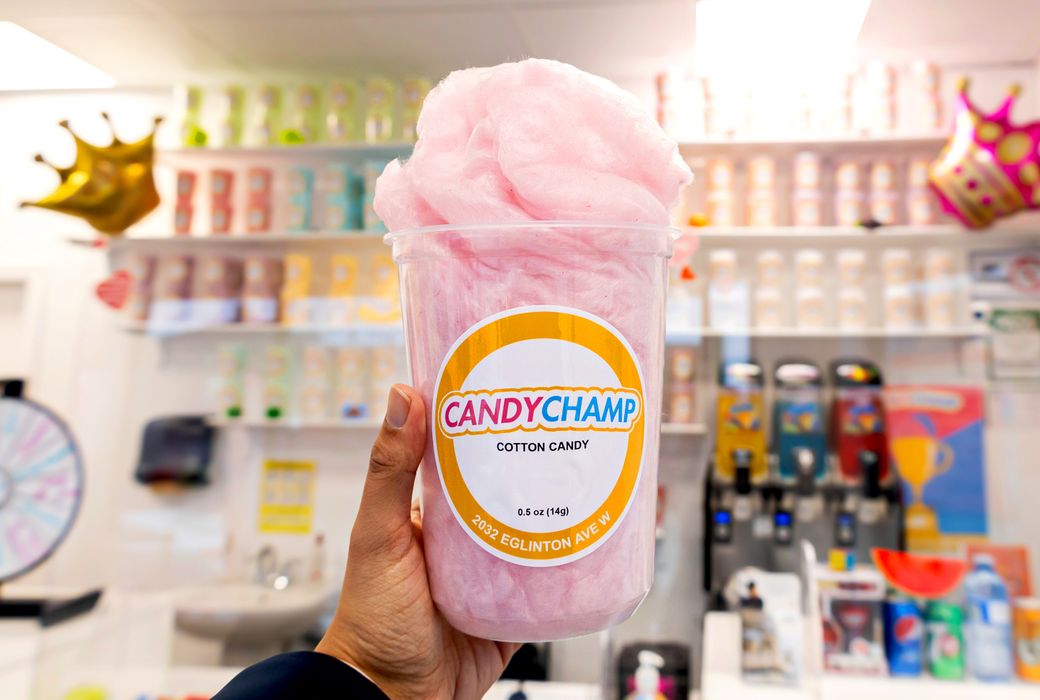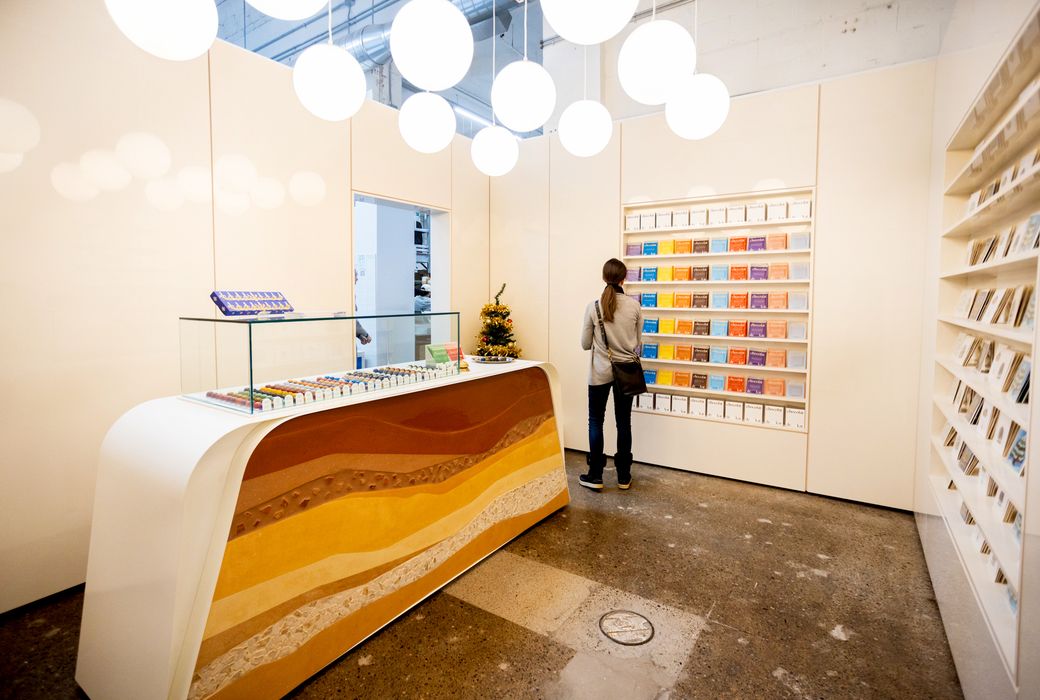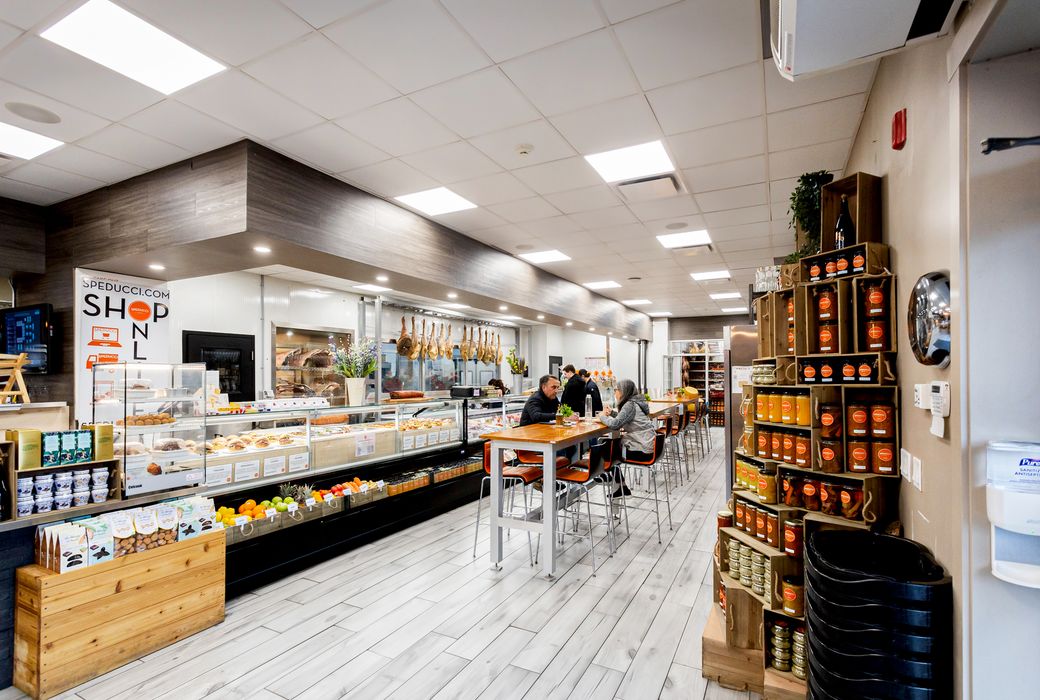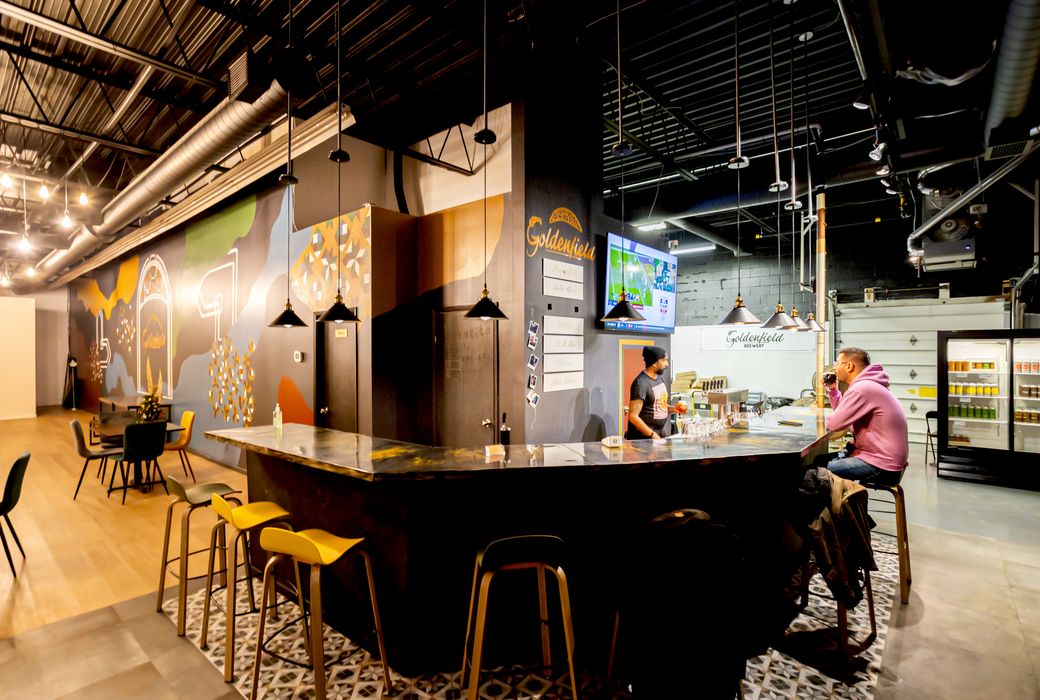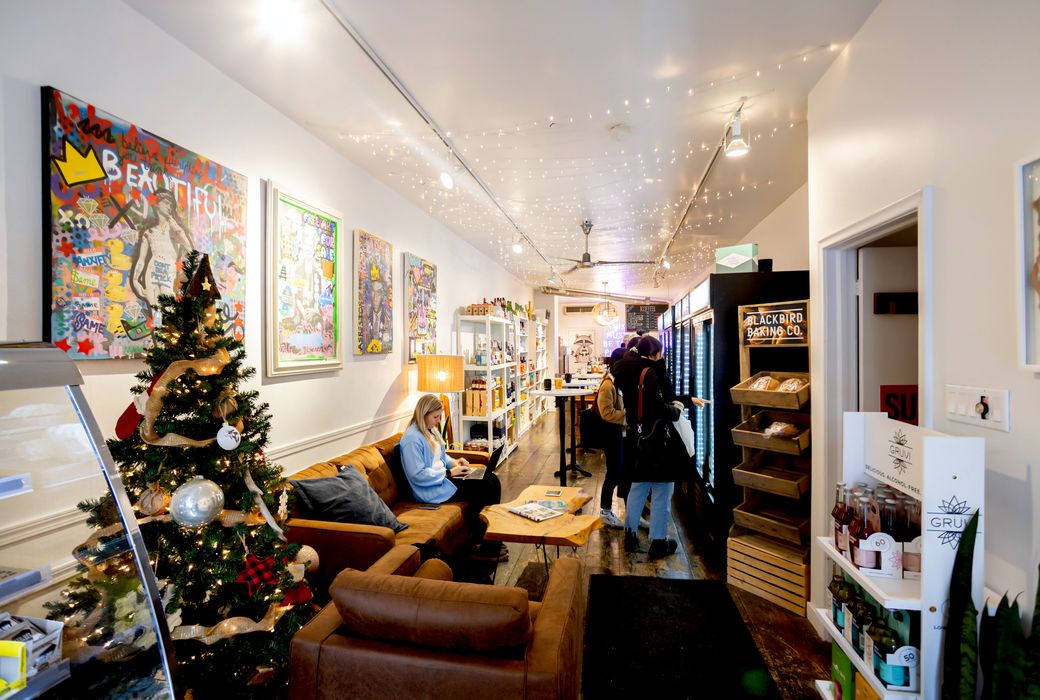Candy Champ
Candy Champ is home to all things soft and sweet. Housed in a beautiful pastel pink venue at the corner of Eglinton and Chamberlain, this sweet shop sells cotton candy in every colour imaginable.
The store is owned by the Wilson family: mother Samantha and her two children, Sam and Toy.
Though all three owners are invaluable members of the team, Samantha credits Toy with coming up with the initial idea for the store.
"I love cotton candy, but you can never get it when you want it," Toy explains.
Sam adds that amusement parks and fairgrounds are the only places you can get cotton candy regularly. Since these spots are often seasonal, it can be difficult to satisfy your sweet tooth year round.
"I just figured, why not start a cotton candy store?" says Toy.
Candy Champ held its grand opening in August 2023. Prior to the opening of their brick and mortar store, the Wilson family fulfilled orders online.
The candy-coloured store is a welcoming space, decorated with pennants, flags and trophies. The walls are covered in posters of athletes, with a list of Canadian gold medalists near the counter.
The Wilsons explain that these details are meant to celebrate "all stars", both nationally and locally. Samantha jokes that the gold outline on the store's logo represents a "gold lining", the next step up from a silver lining.
Pink Panther plushies can be found throughout the store, sitting on chairs and lounging near windows.
Each one wears a different, seasonally appropriate outfit: currently, they're decked out in tracksuits and Maple Leafs memorabilia, but their clothes will change as the year goes on.
A small arcade cabinet, loaded with ten different games, sits in the corner. A nearby sign declares that anyone who beats the high score is entitled to a free tub of cotton candy.
These tubs ($3.99) come in a variety of flavours. Some staples are available year round, while other flavours change with the seasons.
My favourite flavour was green apple, whose refreshingly tart taste is perfect for spring.
If you're looking to splurge, consider ordering one of the jumbo-sized bags. Though these bags come with a hefty price tag — $299.99, to be exact — they're also over four feet tall.
Toppings, such as pop rocks and rainbow sprinkles, can be added to any tub for $1 extra.
Sam suggests pairing the banana cotton candy with chocolate sprinkles for a treat that tastes almost like a chocolate-covered banana.Slushies ($2.99) come in three different flavours: pineapple, blue raspberry and strawberry banana. These flavours can be mixed at no extra charge, resulting in stunning colour combinations.
Glitter bombs (three for $21.99) can be added to any clear drink to instantly turn it into a sparkly mocktail.
Though they don't change the taste of the drink, they do add a bit of pizzazz to an otherwise simple soda.
All products are halal, kosher and gluten-free.
Candy Champ is located at 2032 Eglinton Avenue West.
Fareen Karim

